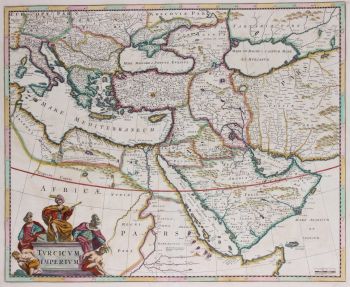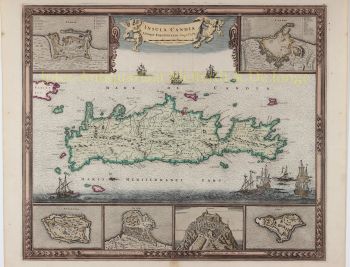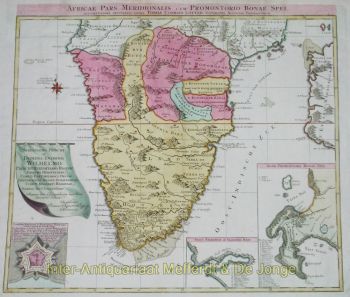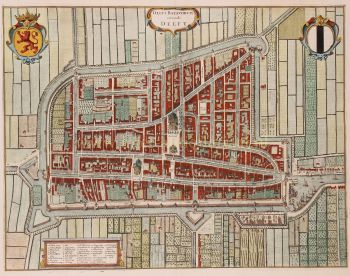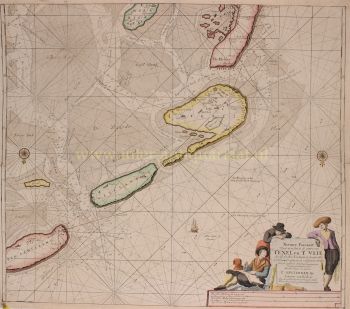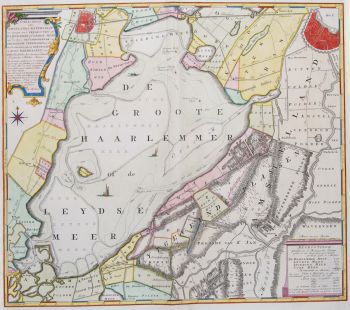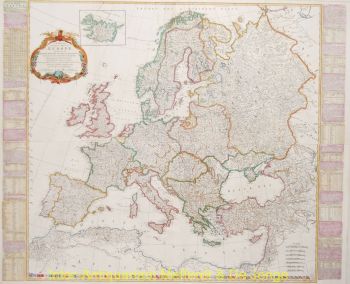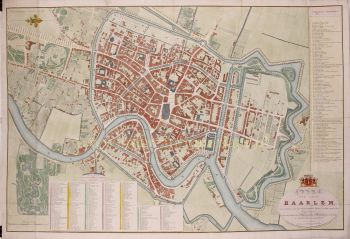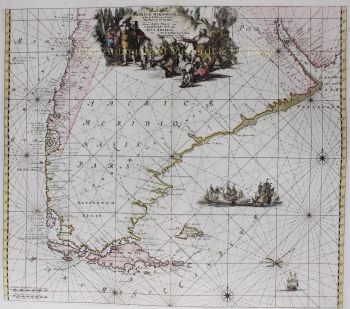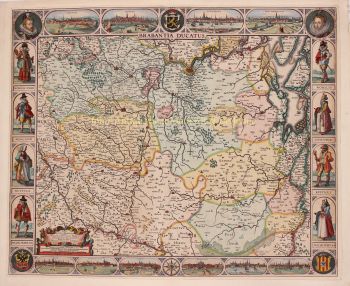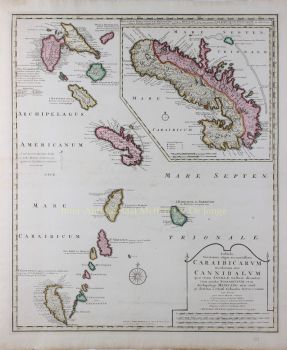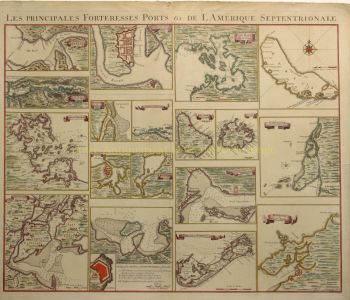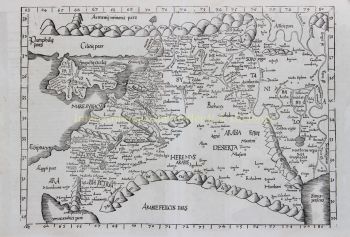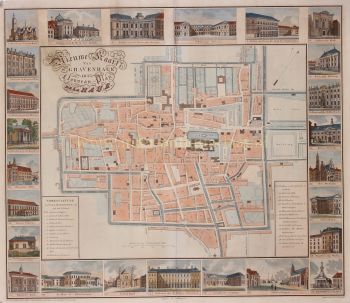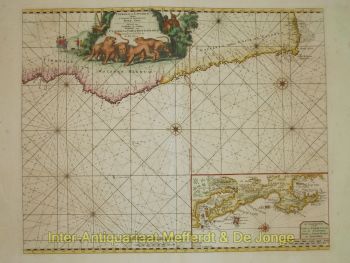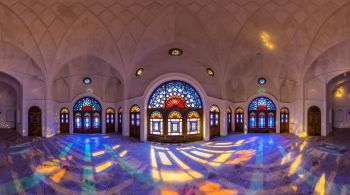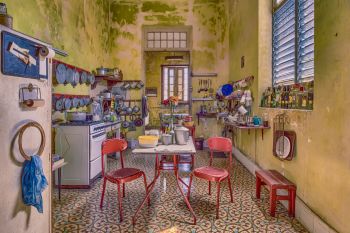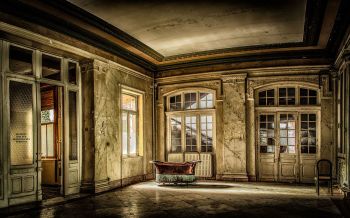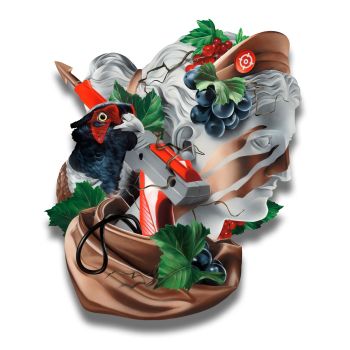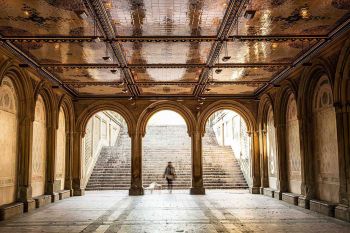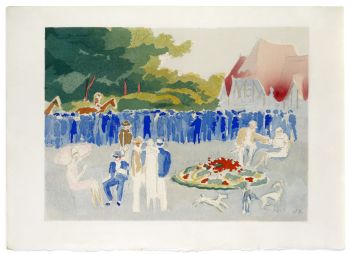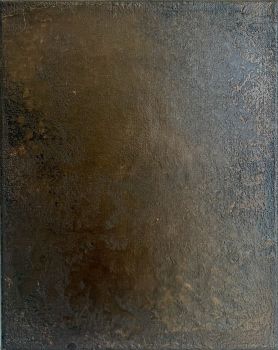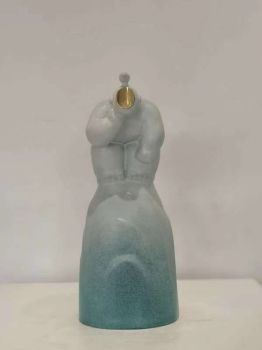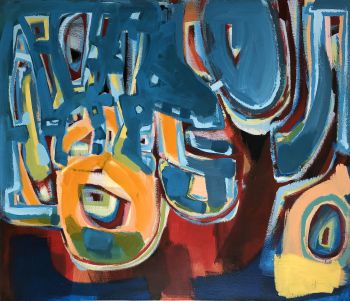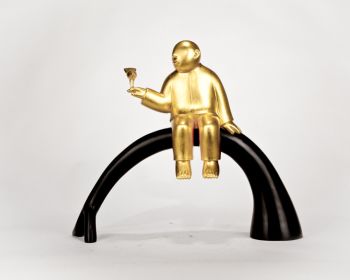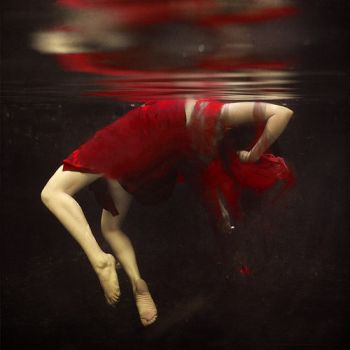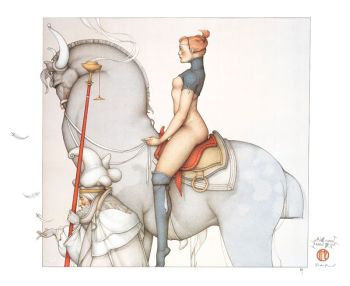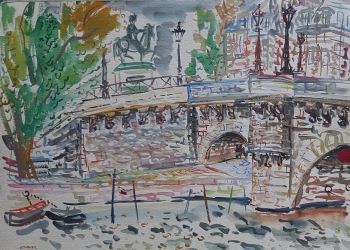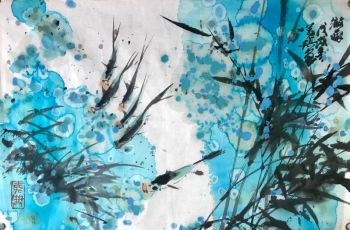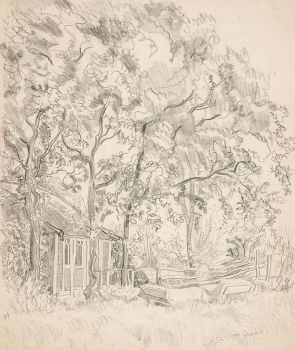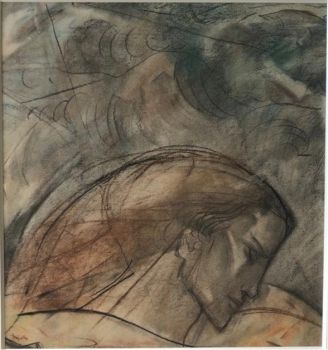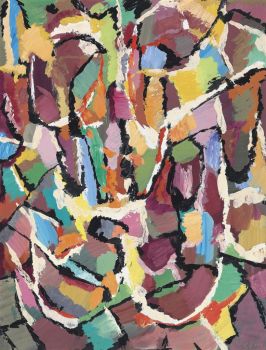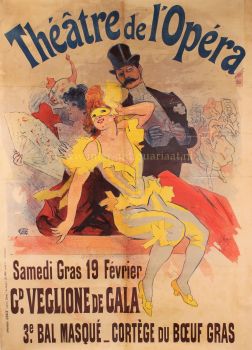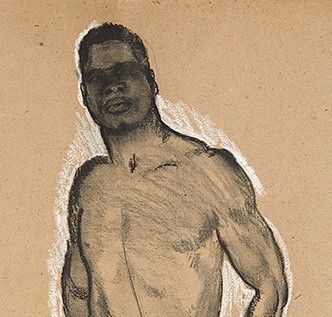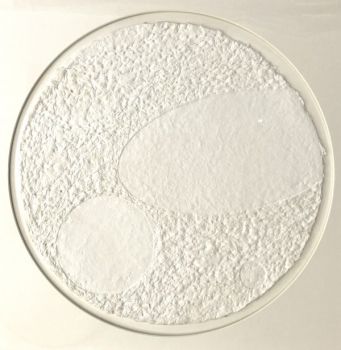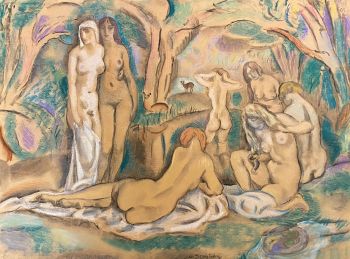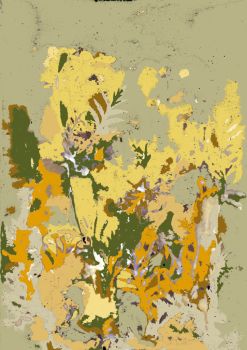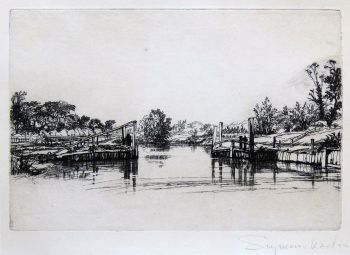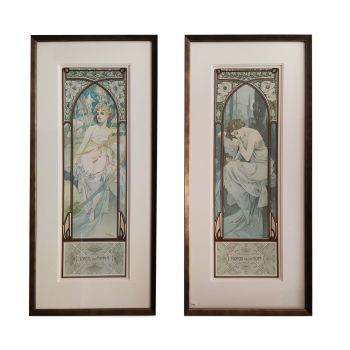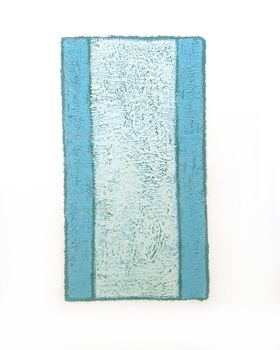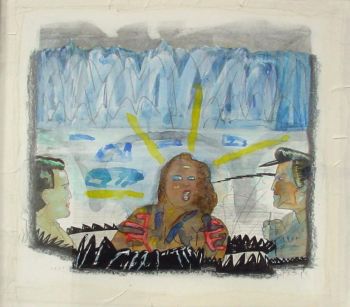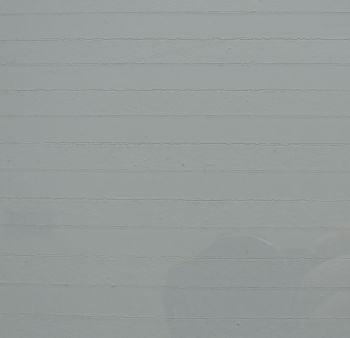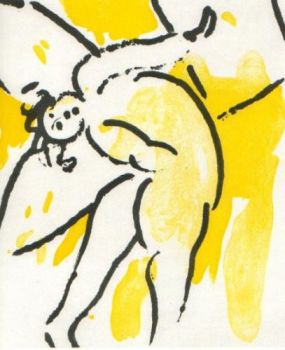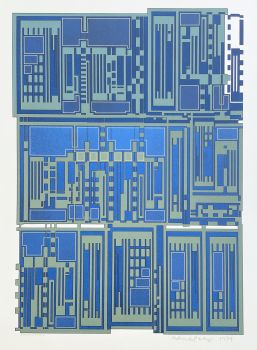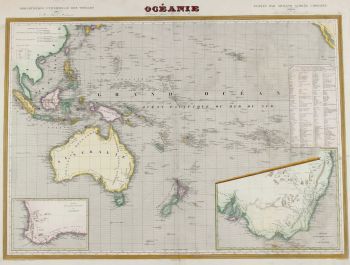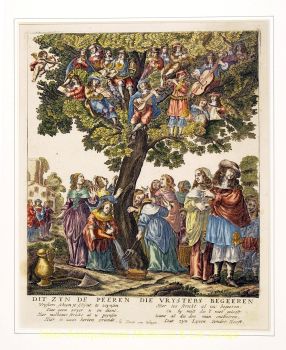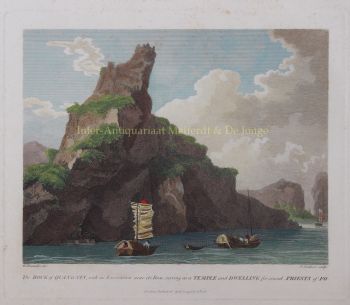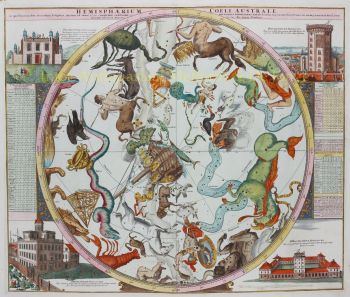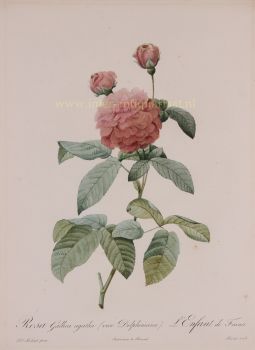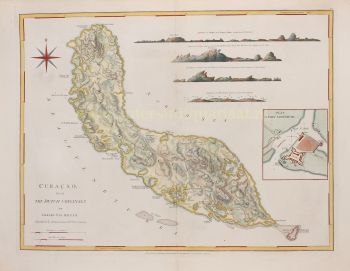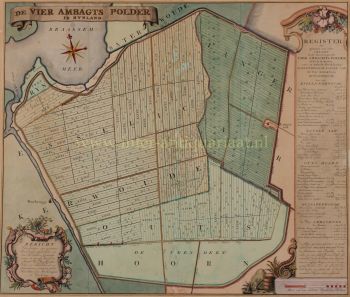Mapa mundial 1660
Frederick de Wit
Papel
€ 11.500
Inter-Antiquariaat Mefferdt & De Jonge
- Sobre arteNova Totius Terrarum Orbis Tabula. Copper engraving made by Frederick de Wit 't Amsterdam in de Calverstraat inde Witte Pascaart 1660, published in De Zee-Atlas Ofte Water-Wereld of Hendrik Doncker in Amsterdam from 1660 to 1670. With original hand colouring. Size: 47 x 56 cm (plus margins). This was De Wit's first world map. He derived it from the two hemisphere maps from Blaeu's wall map of 1648, reducing them in scale and making some changes. (Joan Blaeu's own smaller world map with two hemispheres can be found here.) The upper corners contain northern and southern celestial maps and the lower corners show north and south polar projections. In the bottom center are astronomical diagrams -- a geocentric one on the left and a Copernican one on the right. The top center vignette shows the sun encircled by a zodiacal ring. Between the maps and diagrams are four vignettes with allegorical depictions of the Four Elements (air, fire, earth and water). The map also includes Baroque decorations of garlands of fruit and flowers. A magnificent example of the art of mapmaking, this map is one of only 19 reproduced in color in Rodney Shirley's major scholarly work on world maps of the 15th to 17th centuries. In accompanying text, the author states that "[e]specially when richly coloured, De Wit's map is one of the most decorative standard-size maps of the time and it is much less commonly found than his three other atlas world maps." Frederick de Wit (1630-1706) was founder of a prominent map publishing firm in 17th century Amsterdam, the golden age of Dutch cartography. The De Wit family both published their own atlases and supplied maps to other cartographers such as Hendrik Doncker. Reference: Rodney Shirley (1983)- "The Mapping of the World: Early Printed World Maps 1472-1700", p. 421, plate 311. Price: Euro 11.500,- (incl. frame)
- Sobre artistaFrederik de Wit nasceu Frederik Hendriksz. Ele nasceu em uma família protestante por volta de 1629, em Gouda, uma pequena cidade na província da Holanda, uma das sete províncias unidas da Holanda. Seu pai Hendrik Fredericsz (1608 - 29 de julho de 1668) era um hechtmaecker (fabricante de cabo de faca) de Amsterdã, e sua mãe Neeltij Joosten (falecida antes de 1658) era filha de um comerciante em Gouda. Frederik casou-se em 29 de agosto de 1661 com Maria van der Way (1632–1711), filha de um rico comerciante católico em Amsterdã. De cerca de 1648 até sua morte no final de julho de 1706, De Wit viveu e trabalhou em Amsterdã. Frederik e Maria tiveram sete filhos, mas apenas um Franciscus Xaverius (1666-1727) sobreviveu a eles. Em 1648, durante o auge da Idade de Ouro holandesa, De Wit mudou-se de Gouda para Amsterdã. Já em 1654, ele abriu uma gráfica e loja com o nome de "De Drie Crabben" (os Três Caranguejos), que também era o nome de sua casa na Kalverstraat. Em 1655, De Wit mudou o nome de sua loja para "Witte Pascaert" (a Carta Branca). Com esse nome, De Wit e sua empresa tornaram-se conhecidos internacionalmente.
Você está interessado em comprar esta obra de arte?
Artwork details
Related artworks
- 1 - 4 / 4
- 1 - 4 / 24
- 1 - 4 / 24
- 1 - 4 / 24
- 1 - 4 / 12



